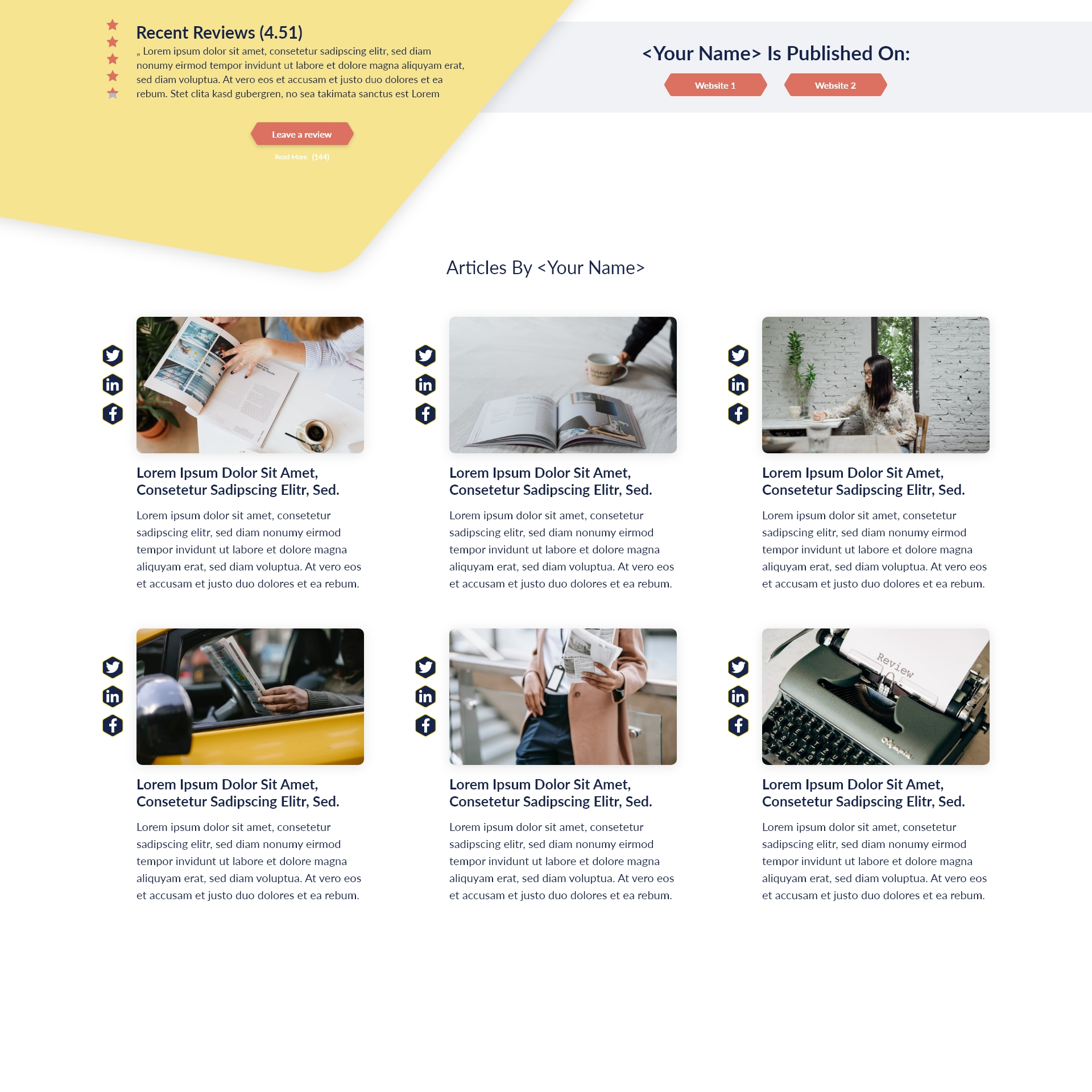A diverse and inclusive culture in the workplace doesn’t happen by accident. This type of company culture takes a lot of work to navigate the challenges of corporate environments of all sizes. Ensuring a diverse company culture is a top priority for your company doesn’t take a rocket scientist, but it will require action, choice, and know-how to do so correctly.
Inclusive company culture isn’t just about making employees feel safe and heard; it can also benefit the business. From improved team performance and decision-making to a higher chance to capture new markets, increased revenue, and more, helping your team members is just the tip of the iceberg. To improve your workplace, you should begin learning about workplace diversity and inclusivity and how to promote it.
Measuring Overall Success
Understanding diversity and inclusivity takes more than walking into the environment and looking around. The metrics aren’t comprised of look-and-feel but accurate, complex data. For example, a simple anonymous company-wide survey can tell you much about company culture, diversity, and inclusion from an employee’s point of view. Customer research is also beneficial in providing insight into hiring needs and the lack of availability of any relevant expertise on your staff.
Public goals ensure accountability across the board, especially when check-in dates take priority. As a leader, you will be pleased with the results when an initiative is no longer hidden through company-wide inclusivity. From executives to front-line workers, every single employee should play a role in the journey to workplace diversity and inclusivity.
Incorporating into Company Values

How your business treats others, behaves, and thinks as a unit, and even on an individual level, is representative of your business values – this is also true for culture. Although they are often categorized differently, diversity and inclusion should be listed above. For variety to hold worth within your company, it must be prominent within your core values.
Before you rush to add it to your corporate website or have it printed onto your following pamphlet, company values require communication throughout the ranks. Once the update spreads around the office, you can move on to updating your values. Employees may be eager to provide feedback that could put a brand-new face on the company in terms of inclusivity.
The Weight of Word Choice
What you say and how you phrase it carries a lot of weight, especially regarding inclusivity at work. By making intentional choices to use specific language, free from anything harmful, you can improve the vocabulary at your company. Continue this practice in company events, meetings, and even the water cooler. So, for example, the next time you speak to an employee or peer, use their preferred pronouns or non-gendered terms.
Sometimes, it takes effort to erase cruel and insensitive terms from office culture to something more inclusive. Even if you make a mistake as a leader, a simple and quick apology is necessary. Understanding that people aren’t perfect will go to great lengths should you make a mistake. Once you have made a mistake mid-conversation, be mindful that it doesn’t happen again.
Creating Safe Spaces
Throughout one’s lifetime, average employees spend more than 90,000 hours at work. Considering this comprises up to one-third of their lifespan, employees must feel safe and comfortable at the office. Even tangible items can make life easier for many employees, including wheelchair ramps, prayer rooms, nursing rooms, quiet spaces, gender-neutral bathrooms, and the option for remote work (or personal time). Get your team involved by creating unique names for any resulting rooms or floors that provide areas for safe space.
Intentional Hiring
Inclusivity and diversity won’t stop with the steps mentioned above but continues through each future hire and beyond. As leadership, you have a direct hand in shaping the next generation of employment. For example, when it comes time to hire a new employee, resist the draw toward individuals that look like you. It may make it easier to build a relationship, but it will do nothing to vary your skills or perspective.
Where is your team lacking? Being inclusive and diverse is not about being politically correct. Ultimately, a diverse group results in safer, more engaged, and happier faculty. Everybody wins when a team performs its best, making inclusivity a no-brainer.
Including Unique Holidays
The typical holidays plastered all over company calendars are less inclusive than one might think. For example, your team may consist of various faiths, cultures, people, and overall beliefs. In addition, Thanksgiving may not be necessary to several team members, whereas Juneteenth carries a bit more weight for a particular individual.
This topic may be tricky, but it will significantly boost employee happiness. While you can’t take every holiday off work, you could diversify your holidays to cater more directly to specific employees. Avoid setting dates in stone and granting them more individually instead. Floating holidays are also beneficial for events and other important days.
Building Interest Groups

As social spaces continue to shrink, our social groups expand into the workplace. While this creates a new social dynamic, it also provides an opportunity to gather like-minded co-workers outside work hours. Regardless of their passion, identity, or hobby, many groups and clubs serve to match employees with similar networks and friends.
The HR department is well-equipped to place new hires into appropriate groups when available. Placing individuals in a network of like-minded people is a great start. It’s vital for your company to value something simple, to keep employees happy and included.
Events & Training
Relationships are shaped by office culture and upbringing, but it isn’t always for the best. Deliberate decisions are not enough to be inclusive. Overall, repetition and training opportunities strengthen the opportunity to become more diverse. Work to educate yourself alongside your staff through guest speakers, professional trainers, and more.
Create an Open Dialogue
It is far better to bring essential topics up in social situations, including work. Otherwise, these issues may be buried out of sight when they need to demand attention. Team meetings, one-on-one, and executive training sessions are essential to goal planning.
The journey to inclusivity and diversity at work doesn’t stop once you reach your destination. It’s an evolving adventure. Speaking to CEOs, managers, and founders may highlight the methods that work for themselves. This practice enables the powers that be to cater directly to demographics, avoiding insensitivities and mistakes.







